Home>Garden Essentials>Where Do Most Sunflower Seeds Come From
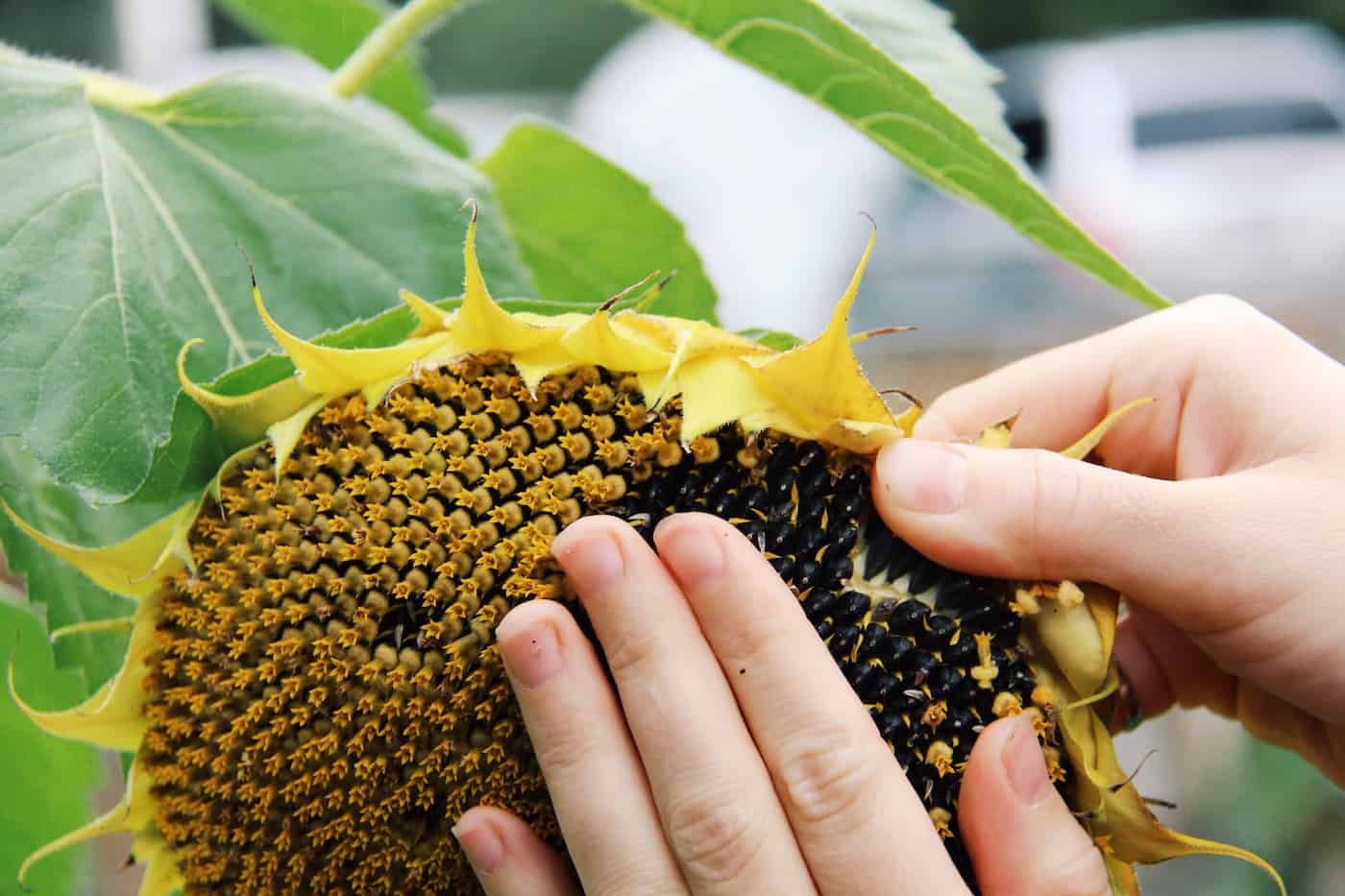

Garden Essentials
Where Do Most Sunflower Seeds Come From
Modified: May 6, 2024
Discover the origins of sunflower seeds and learn how to grow them in your own garden. Find out where most sunflower seeds come from and start cultivating your own garden-friendly snack!
(Many of the links in this article redirect to a specific reviewed product. Your purchase of these products through affiliate links helps to generate commission for Storables.com, at no extra cost. Learn more)
Introduction
Welcome to the fascinating world of sunflower seeds! These small yet mighty seeds have been consumed and cherished for centuries, providing a plethora of health benefits and culinary versatility. But have you ever wondered where most sunflower seeds come from? In this article, we will take a deep dive into the global production of sunflower seeds, exploring the major producers, the challenges they face, and the future of this essential crop.
Sunflower seeds, scientifically known as Helianthus annuus, are the fruits of the sunflower plant. These seeds are not only incredibly nutritious but also delicious, making them a popular choice for snacks, baking, and cooking. They are renowned for their rich flavor and satisfying crunch, making them a staple in various cuisines around the world.
When it comes to sunflower seed production, several countries play a significant role. These countries cultivate vast acres of sunflower fields, ensuring a steady supply of sunflower seeds to meet the global demand. Let’s dive deeper into this fascinating agricultural landscape and explore where most sunflower seeds come from.
Key Takeaways:
- Sunflower seeds mostly come from countries like Russia, Ukraine, Argentina, China, and the United States due to their ideal climate and advanced farming techniques. These countries supply the majority of sunflower seeds worldwide.
- Sunflower seed production faces challenges like climate variability and market fluctuations, but innovation and sustainable practices are shaping a promising future. Emerging markets and international collaborations are driving growth and meeting global demand.
Read more: Where Do Sunflower Seeds Come From
Sunflower Seeds: An Overview
Sunflower seeds are not only a delicious snack but also a powerhouse of nutrition. These oval-shaped seeds have a mild, nutty flavor and are packed with essential nutrients, including healthy fats, protein, fiber, vitamins, and minerals. They are also a great source of antioxidants, which can help protect against oxidative stress and promote overall health.
In addition to their nutritional value, sunflower seeds are incredibly versatile in the kitchen. They can be enjoyed roasted and salted as a tasty snack, or used in a variety of recipes, including baked goods, salads, granola, and even as a topping for yogurt or smoothie bowls. Whether you’re a health-conscious foodie or simply looking for a way to enhance the flavor and texture of your dishes, sunflower seeds are a fantastic choice.
But where do these amazing seeds come from? Sunflower plants are native to North and Central America, with evidence of their cultivation dating back thousands of years. Today, sunflower seeds are grown in many regions around the world, with specific varieties adapted to different climates and growing conditions.
When it comes to sunflower seed production, it is important to distinguish between two main types of sunflower seeds: oilseed and confectionery. Oilseed sunflower varieties are primarily grown for their oil content and are typically larger and black with a high oil content. Confectionery sunflower varieties, on the other hand, are smaller in size, have white and striped shells, and are primarily used for snacking purposes.
Understanding the distinction between these two types of sunflower seeds is crucial when exploring the global production and consumption patterns. The majority of sunflower seeds grown worldwide are oilseed varieties, as the demand for sunflower oil remains high. However, confectionery sunflower seeds are also important, catering to the growing snacking market.
Now that we have a better understanding of sunflower seeds and their versatility, let’s explore the major countries responsible for their production.
Major Sunflower Seed Producers
When it comes to sunflower seed production, several countries stand out as major producers. These countries have favorable climates, agricultural expertise, and infrastructure that allow for large-scale cultivation of sunflower fields. Let’s take a closer look at some of the leading sunflower seed producers:
- Russia: Russia is the largest producer of sunflower seeds in the world. The vast expanses of fertile land, particularly in the southern regions, provide ideal conditions for cultivating this crop. Russian sunflower seeds are known for their high oil content and are highly sought after in the global market. The country’s climate and soil conditions, combined with advanced agricultural practices, contribute to its dominant position in sunflower seed production.
- Ukraine: Following closely behind Russia, Ukraine is another significant player in sunflower seed production. The country benefits from a favorable climate, rich soil, and extensive agricultural infrastructure. Ukrainian sunflower seeds are renowned for their quality and are a major source of both oilseed and confectionery varieties. The country’s strategic location and access to export markets further contribute to its prominence in the global sunflower seed trade.
- Argentina: In South America, Argentina stands out as a major sunflower seed producer. The country’s vast agricultural lands, along with its favorable climate and advanced farming techniques, make it a prime location for sunflower cultivation. Argentine sunflower seeds are known for their high oil content and are predominantly used for oil extraction. The country’s well-established agro-industrial infrastructure supports efficient processing and export of sunflower seed products.
- United States: The United States is a significant contributor to global sunflower seed production. Specifically, the states of North Dakota, South Dakota, and Minnesota have favorable conditions for sunflower cultivation. American sunflower seeds are renowned for their large size and high oil content. They are primarily used for oil production and are also popular in the snack and bakery industries.
- China: China is among the top sunflower seed producers in the world. The country’s vast agricultural lands, favorable climate, and technological advancements contribute to its significant production volume. Chinese sunflower seeds are mainly used for oil extraction and are also consumed as snacks. The country’s growing urban population and increasing demand for healthy food options have fueled the expansion of its sunflower seed industry.
These countries, along with several others including Romania, Bulgaria, France, and Hungary, contribute significantly to global sunflower seed production. Their expertise in cultivation, processing, and exportation ensures a steady supply of sunflower seeds to meet the growing demand worldwide.
Now that we have explored the major sunflower seed producers, let’s delve into the top sunflower seed producing countries in terms of volume.
Top Sunflower Seed Producing Countries
When it comes to sunflower seed production, certain countries dominate the global market, contributing to a significant portion of the total output. Here are the top sunflower seed producing countries in terms of volume:
- Russia: As mentioned previously, Russia is the largest producer of sunflower seeds globally. The country’s vast agricultural lands and favorable climate allow for extensive sunflower cultivation, resulting in a substantial production volume. Russia’s production is primarily focused on oilseed varieties, supplying both domestic and international markets.
- Ukraine: Following closely behind, Ukraine is the second-largest producer of sunflower seeds globally. Ukraine benefits from fertile soils, favorable climatic conditions, and advanced agricultural practices, enabling large-scale cultivation of sunflower fields. The country produces significant quantities of both oilseed and confectionery sunflower seeds, catering to different market demands.
- Argentina: In South America, Argentina ranks among the top sunflower seed producing countries. The country’s wide agricultural expanses and favorable climate create optimal conditions for sunflower cultivation. Argentina primarily focuses on oilseed sunflower production, with its sunflower oil being widely utilized in various industries, both domestically and internationally.
- China: China holds a prominent position in sunflower seed production, ranking among the top producers globally. The country’s vast agricultural lands and growing demand for sunflower oil contribute to its significant production volume. China produces primarily oilseed sunflower varieties, serving both its domestic market and exporting to other countries.
- United States: The United States is also a major player in sunflower seed production, particularly in the states of North Dakota, South Dakota, and Minnesota. The country’s favorable climatic conditions and extensive agricultural infrastructure support a substantial production volume. American sunflower seeds are primarily used for oil extraction and as a snack ingredient.
These countries collectively account for a significant portion of global sunflower seed production. Their expertise, favorable climate, and agricultural resources allow for the cultivation of high-quality sunflower seeds, meeting the demand both domestically and internationally.
Now that we have explored the top sunflower seed producing countries, let’s dive deeper into sunflower seed production and consumption trends worldwide.
Sunflower Seed Production and Consumption
Sunflower seed production and consumption play a crucial role in meeting the global demand for these versatile seeds. Let’s take a closer look at the production and consumption trends worldwide:
Production: Sunflower seed production has seen steady growth over the years, driven by increasing demand for sunflower oil and the popularity of sunflower seeds as a snack. The top sunflower seed producing countries mentioned earlier, such as Russia, Ukraine, Argentina, China, and the United States, contribute significantly to total global production.
According to data from the Food and Agriculture Organization (FAO), global sunflower seed production reached approximately XX million metric tons in XXXX. Russia and Ukraine alone accounted for more than XX% of the total production, followed by Argentina and China. The United States also maintains a considerable share in global production.
Consumption: Sunflower seeds have gained popularity worldwide, driven by their nutritional benefits and culinary versatility. The consumption of sunflower seeds is influenced by various factors, including cultural preferences, availability, and health consciousness.
Sunflower seed consumption varies across regions. In many countries, sunflower seeds are enjoyed as a healthy snack, often roasted and salted. They are also used as ingredients in baking, cooking, and as toppings for salads and other dishes. The demand for sunflower oil, a primary product derived from sunflower seeds, also contributes to consumption.
The largest consumers of sunflower seeds include countries like Russia, Ukraine, Argentina, China, and the United States, where sunflower seeds have an established presence in the culinary traditions. However, the popularity of sunflower seeds as a healthy and nutritious snack is also growing in other regions, leading to increased consumption globally.
The consumption of sunflower seeds is not limited to the whole seed form. Sunflower oil, extracted from the seeds, is widely used in cooking, as a salad dressing, and as a cooking oil alternative. The demand for sunflower oil further fuels the production and cultivation of sunflower seeds worldwide.
Additionally, the increasing recognition of sunflower seeds as a nutritious food source has led to the incorporation of sunflower-related products in the food industry. Sunflower seed butter, for example, has gained popularity as an alternative to traditional nut butter.
Overall, the production and consumption of sunflower seeds continue to thrive, meeting the demand for these versatile and nutritious seeds worldwide. As the awareness of sunflower seeds’ health benefits expands, the consumption trend is expected to continue its upward trajectory.
In the next section, we will explore the global trade in sunflower seeds and its significance in the market.
Most sunflower seeds come from countries such as Russia, Ukraine, Argentina, and the United States, which are the top producers of sunflower seeds in the world.
Read more: Where Do The Sunflower Seeds Come From
Global Trade in Sunflower Seeds
The global trade in sunflower seeds plays a significant role in meeting the demand for these versatile seeds and their derived products. Let’s explore the dynamics of global sunflower seed trade:
Sunflower seeds and their derived products, such as sunflower oil, are extensively traded on the international market. The trade in sunflower seeds involves the export and import of both raw sunflower seeds and processed products, catering to the diverse needs of consumers around the world.
The top sunflower seed exporting countries include Russia, Ukraine, Argentina, the United States, and China, which also happen to be the major producers. These countries benefit from their high production volumes, enabling them to export significant amounts of sunflower seeds to various destinations.
Importing countries depend on these major producers to meet their demand for sunflower seeds. Importers include countries with limited or unfavorable cultivation conditions for sunflower, as well as those with a high demand for sunflower oil and other derived products.
Russia and Ukraine, being the largest sunflower seed producers, are also major exporters. These countries export a significant portion of their production to neighboring countries, as well as markets further afield. The demand for sunflower seeds in Europe and Asia drives the trade flow from these major producers.
Argentina, another key player in sunflower seed production, primarily exports to neighboring countries in South America and also to global markets. The country’s strategic location and competitive pricing contribute to its position as a leading exporter.
The United States and China also play important roles in sunflower seed trade. While the United States exports mainly to Canada and Mexico, China exports to various destinations in Asia and beyond. These countries export not only raw sunflower seeds but also value-added products, such as processed sunflower oil and packaged sunflower seeds.
Developed countries, including those in Europe and North America, often import sunflower seeds to meet their domestic demand. These countries may have climatic limitations for sunflower cultivation or a high demand for sunflower oil for various applications, such as cooking and food processing.
Emerging economies, in regions such as Asia and Africa, are also becoming significant players in the sunflower seed trade. As consumer awareness regarding the health benefits of sunflower seeds grows, these countries are rapidly increasing their consumption and importation of sunflower seeds to meet the growing demand.
The global trade in sunflower seeds not only ensures a steady supply of these versatile seeds but also contributes to economic growth and development in various countries. It allows producers to access international markets and provides consumers worldwide with access to a wide range of sunflower seed products.
In the next section, we will discuss some of the challenges faced by sunflower seed producers and the future outlook for sunflower seed production.
Challenges in Sunflower Seed Production
While sunflower seed production is a thriving industry, it is not without its challenges. Sunflower seed producers face various obstacles that can impact production, quality, and overall sustainability. Let’s explore some of the major challenges faced in sunflower seed production:
- Climate variability: Sunflowers are highly sensitive to climatic conditions, and any extreme weather events can pose challenges to their growth and development. Droughts, excessive heat, or unexpected frosts can lead to yield losses and affect the quality of the seeds. Climate change and its unpredictable impacts on weather patterns further amplify these challenges.
- Pests and diseases: Sunflower crops are susceptible to a range of pests and diseases, including aphids, birds, rodents, and various fungal infections. Pest management and disease control measures are essential to prevent significant damage to the crops and ensure healthy seed production. Integrated pest management practices and disease-resistant varieties are crucial in mitigating these challenges.
- Weed competition: Weeds can quickly spread in sunflower fields, competing for nutrients, water, and sunlight. Effective weed control measures are necessary to prevent yield losses and maintain the quality of the sunflower seeds. Timely and appropriate herbicide application, as well as proper crop rotation practices, are crucial for managing weed infestations.
- Market fluctuations: Sunflower seed production is influenced by market demand and price fluctuations. Fluctuating prices of sunflower oil, which is a major derivative of sunflower seeds, can impact the profitability and incentives for farmers to grow sunflowers. Market volatility requires farmers and producers to constantly assess market trends and make informed decisions regarding crop planning and pricing.
- Access to technology and resources: Adopting modern agricultural technologies, such as improved seed varieties, precision farming techniques, and efficient irrigation systems, can significantly enhance sunflower seed production. However, access to these technologies and resources may be limited in certain regions, limiting the potential for yield improvement and overall productivity.
- Environmental sustainability: Maintaining the sustainability of sunflower seed production is a crucial challenge. Sustainable farming practices, including soil conservation, water management, and biodiversity preservation, are essential to minimize the environmental impact of sunflower cultivation. Ensuring that farming practices align with sustainability goals is becoming increasingly important for the long-term viability of sunflower seed production.
Despite these challenges, sunflower seed producers continue to innovate and adapt to ensure the sustainable production of these essential seeds. Research and development efforts are ongoing to develop improved crop varieties with enhanced resistance to pests, diseases, and adverse environmental conditions.
Additionally, collaborations between farmers, researchers, and agricultural organizations help foster knowledge exchange and best practices in sunflower seed production. By addressing these challenges collectively, the industry can navigate the hurdles and optimize the production of high-quality sunflower seeds in a sustainable manner.
Now, let’s explore the future outlook and potential for sunflower seed production.
The Future of Sunflower Seed Production
The future of sunflower seed production holds significant potential and several exciting developments. As the global demand for sunflower seeds continues to rise, the industry is poised for growth and innovation. Here are some key aspects shaping the future of sunflower seed production:
Technological advancements: The integration of modern technologies in sunflower seed production is set to revolutionize the industry. Precision agriculture techniques, including remote sensing, GPS, and data analytics, will enable farmers to optimize resource management and enhance crop productivity. Advanced breeding techniques, such as marker-assisted selection and genetic engineering, will lead to the development of improved sunflower varieties with enhanced traits, including disease resistance, higher yields, and better nutritional profiles.
Sustainability initiatives: The importance of sustainable farming practices in sunflower seed production is gaining recognition. There is a growing emphasis on implementing environmentally friendly strategies, such as conservation tillage, organic farming, and water-efficient irrigation systems. The adoption of renewable energy options, such as solar-powered irrigation systems, can further reduce the carbon footprint associated with sunflower cultivation.
Diversification of product offerings: The increasing popularity of sunflower seeds as a healthy snack and ingredient in various culinary creations is driving the demand for diverse product offerings. Producers are exploring innovative ways to incorporate sunflower seeds into new food products, including energy bars, granolas, and plant-based protein alternatives. This diversification opens up new market opportunities and expands the consumer base for sunflower seed products.
Emerging markets: Sunflower seed consumption is expanding beyond traditional markets, with emerging economies in Asia, Africa, and Latin America witnessing a growing demand for these nutritious seeds. Rising health awareness, economic growth, and changing dietary preferences are driving the adoption of sunflower seeds in these regions. As a result, there is a significant potential for market expansion and increased production in these emerging markets.
International collaborations: Collaboration and knowledge-sharing among sunflower seed producers, researchers, and agricultural organizations are crucial for fostering innovation and sustainable practices. International collaborations facilitate the exchange of best practices, germplasm, and technological advancements, which can contribute to the overall improvement of sunflower seed production on a global scale. These collaborations pave the way for advancements in breeding programs, pest and disease management strategies, and cultivation techniques.
The future of sunflower seed production looks promising, with technological advancements, sustainability initiatives, expanding markets, and collaborative efforts driving growth and innovation. As the industry continues to evolve, it is essential to balance productivity with environmental stewardship and meet the changing needs of consumers. By embracing innovation, sustainability, and global collaboration, the sunflower seed industry is well-positioned to thrive and cater to the growing demand for these versatile and nutritious seeds.
Now, let’s conclude our exploration of sunflower seed production and its future prospects.
Conclusion
Sunflower seeds have captivated people around the world for their delightful flavor, nutritional value, and culinary versatility. As we have explored in this article, the majority of sunflower seeds come from a handful of key producers, including Russia, Ukraine, Argentina, China, and the United States.
These countries harness their agricultural prowess, favorable climate conditions, and technological advancements to cultivate vast expanses of sunflower fields. The production and consumption of sunflower seeds continue to rise globally, driven by the increasing demand for healthy snacks, cooking oils, and other sunflower seed products.
Yet, sunflower seed production faces its fair share of challenges. Climate variability, pests and diseases, market fluctuations, and access to technology and resources all impact the industry’s sustainability and productivity. However, through innovation, sustainable farming practices, and international collaboration, sunflower seed producers are overcoming these challenges and paving the way for a promising future.
The future of sunflower seed production lies in technological advancements, such as precision agriculture and advanced breeding techniques, which will allow for optimized resource management and the development of improved sunflower varieties. Sustainability initiatives, including environmentally friendly farming practices and diversification of product offerings, will ensure that sunflower seed production remains in harmony with our planet and meets the evolving demands of consumers.
Emerging markets, particularly in Asia, Africa, and Latin America, present significant opportunities for sunflower seed producers as the demand for these nutritious seeds continues to grow. With international collaborations fostering knowledge exchange and innovation, the global sunflower seed industry is set to thrive and cater to the expanding market.
In conclusion, sunflower seed production is a vibrant and essential industry that satisfies our taste buds, nourishes our bodies, and supports agricultural economies worldwide. Whether as a snack, culinary ingredient, or source of healthy oils, sunflower seeds will continue to bring joy and nutritional benefits to people across the globe.
So, the next time you enjoy a handful of sunflower seeds or use them in your favorite recipe, remember the journey they have taken from the sunflower fields of Russia to your plate, symbolizing the remarkable fusion of nature’s bounty and human ingenuity.
Now that you've got the scoop on sunflower seeds, why not spruce up your garden with some creative barriers? Check out our guide on some fantastic garden fence ideas that can transform your outdoor space into a haven of privacy and style. And if you're curious about the costs associated with beautifying your garden, our detailed breakdown on flower seed prices will help you plan your planting season efficiently.
Frequently Asked Questions about Where Do Most Sunflower Seeds Come From
Was this page helpful?
At Storables.com, we guarantee accurate and reliable information. Our content, validated by Expert Board Contributors, is crafted following stringent Editorial Policies. We're committed to providing you with well-researched, expert-backed insights for all your informational needs.
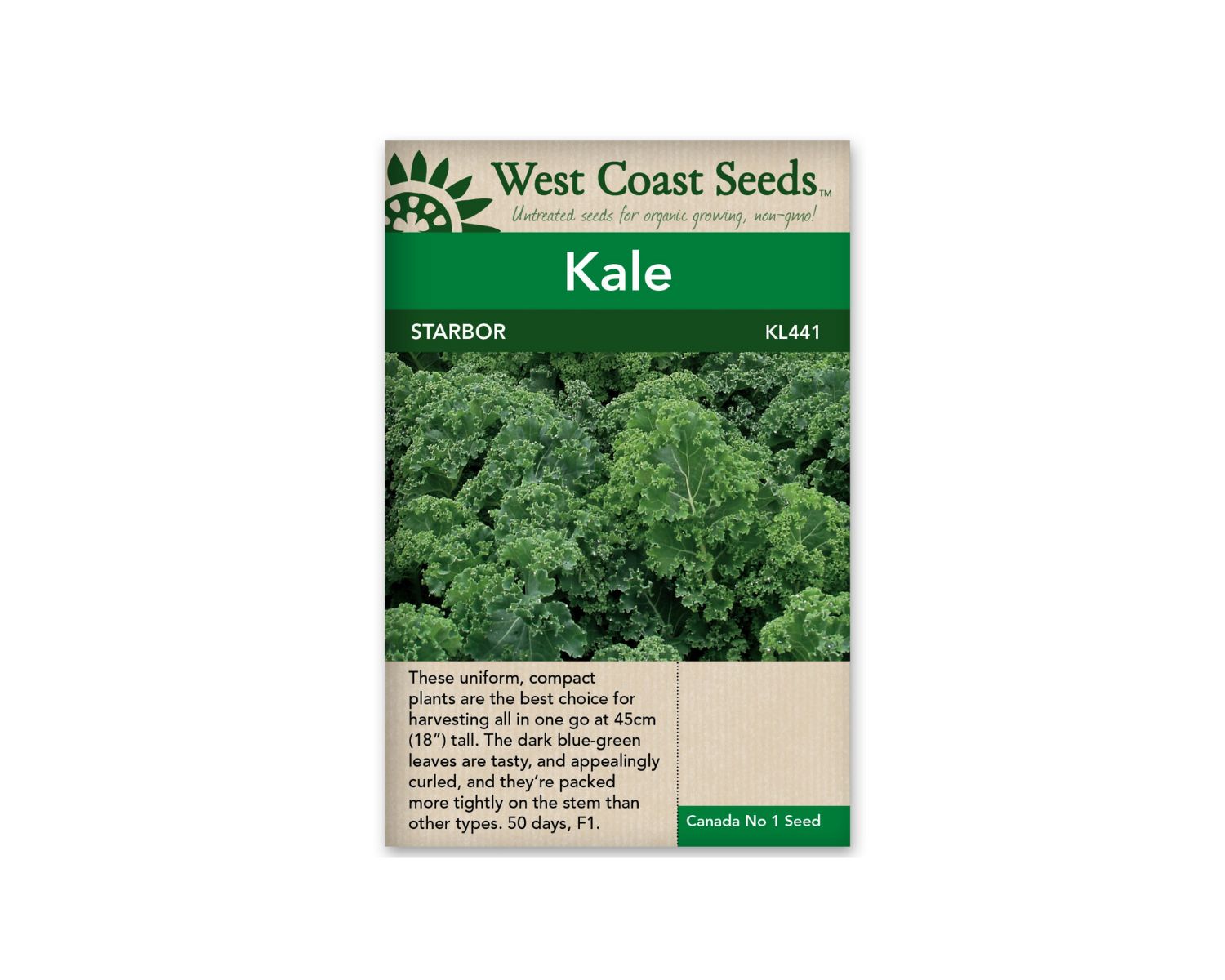
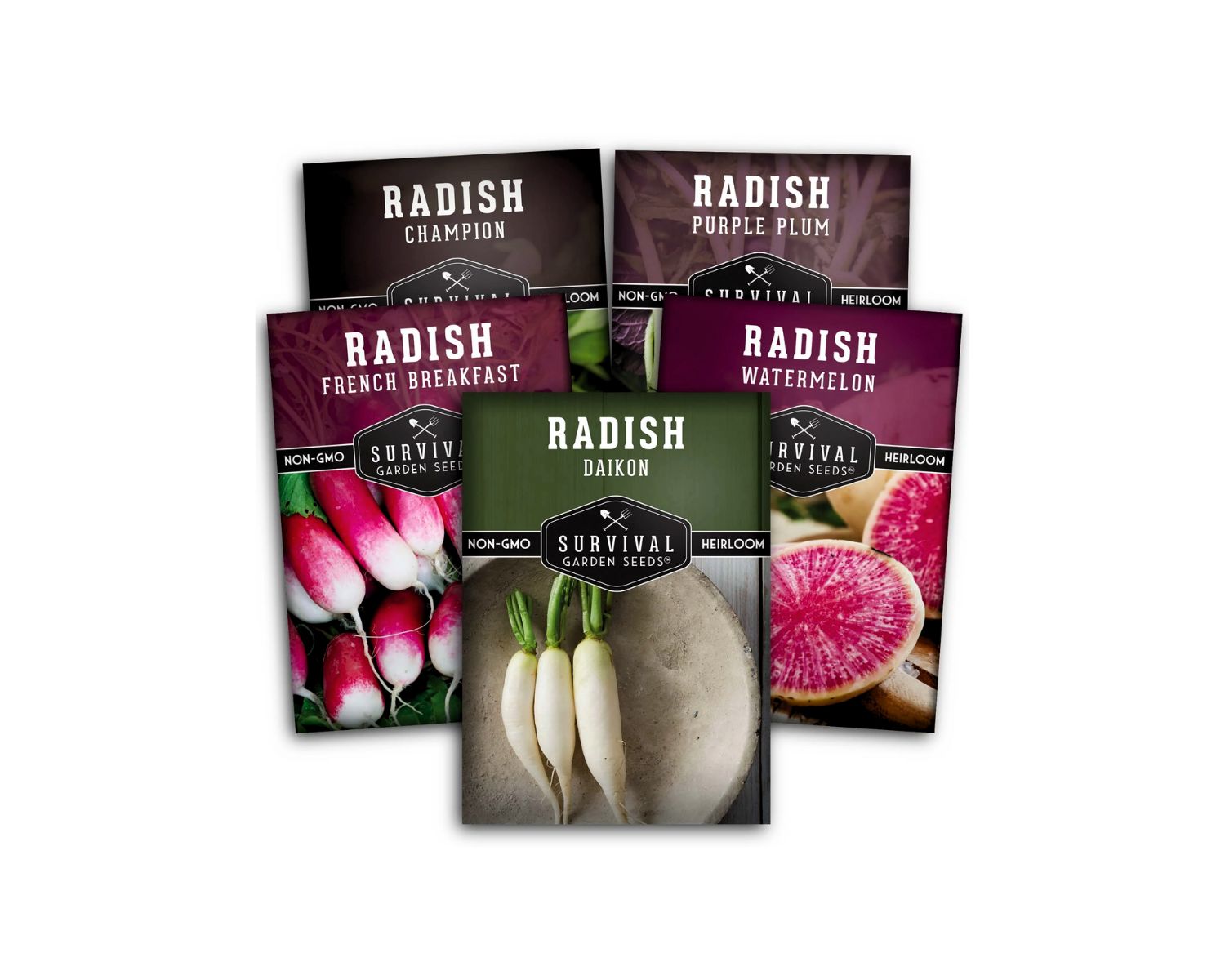
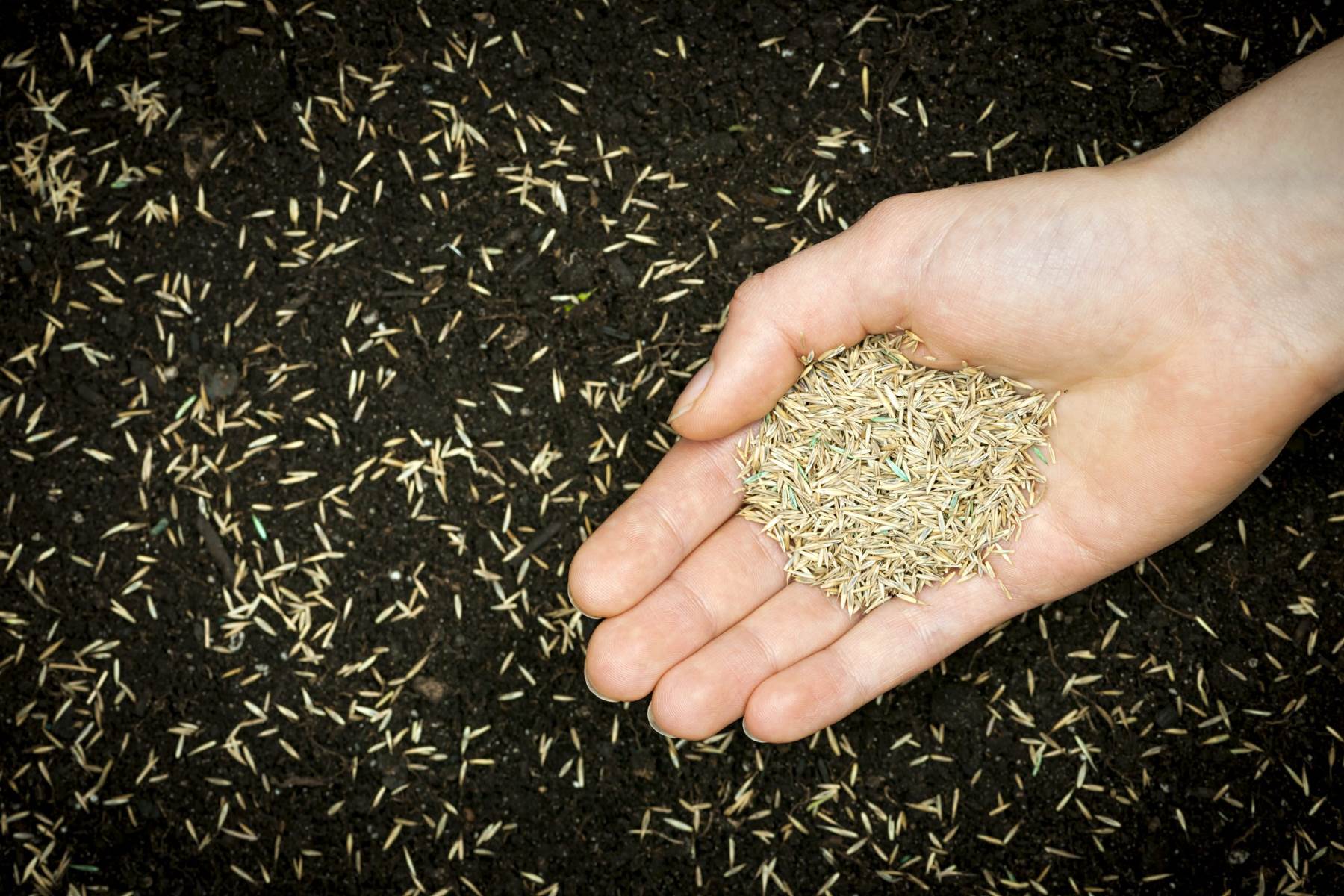
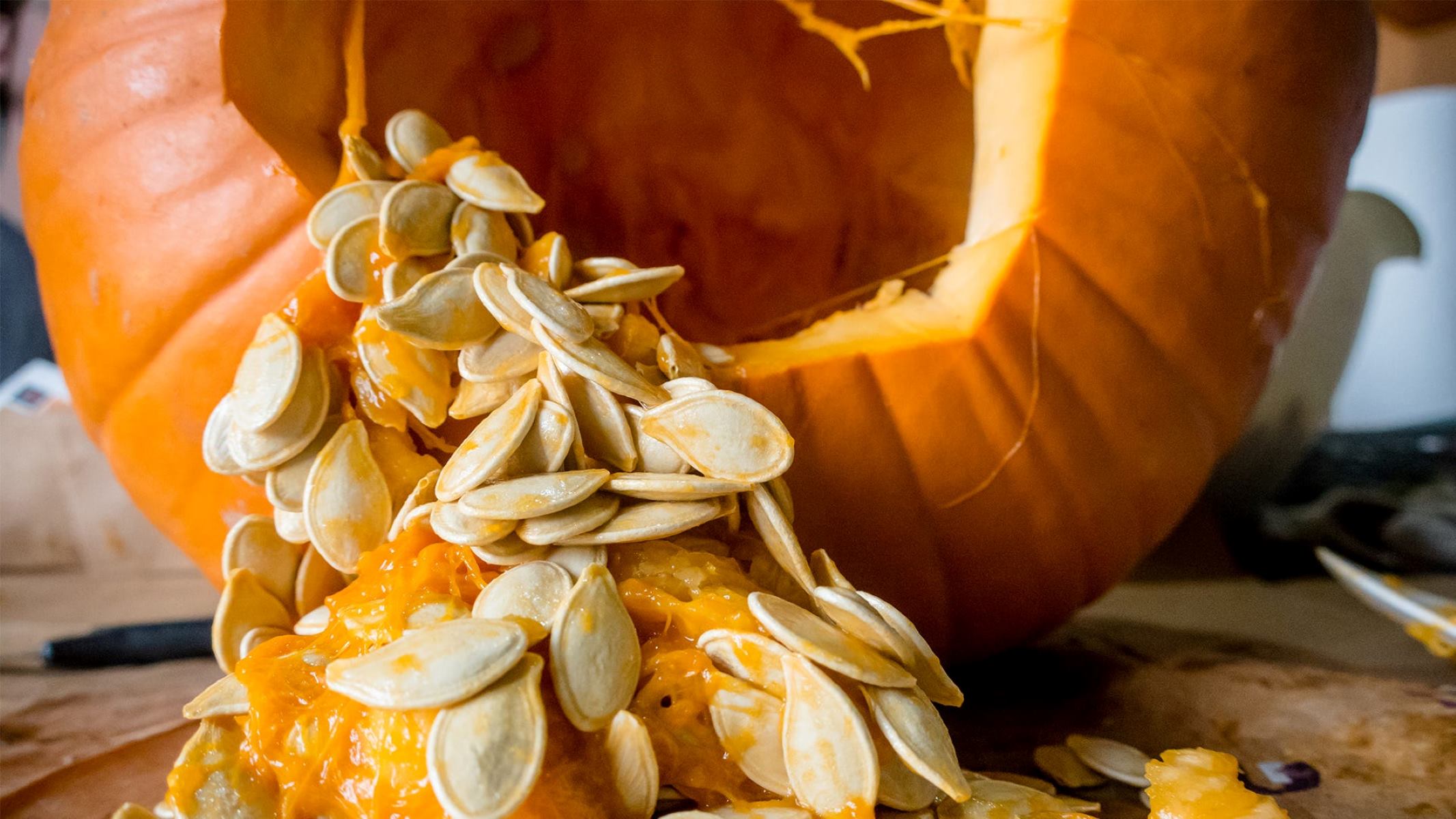
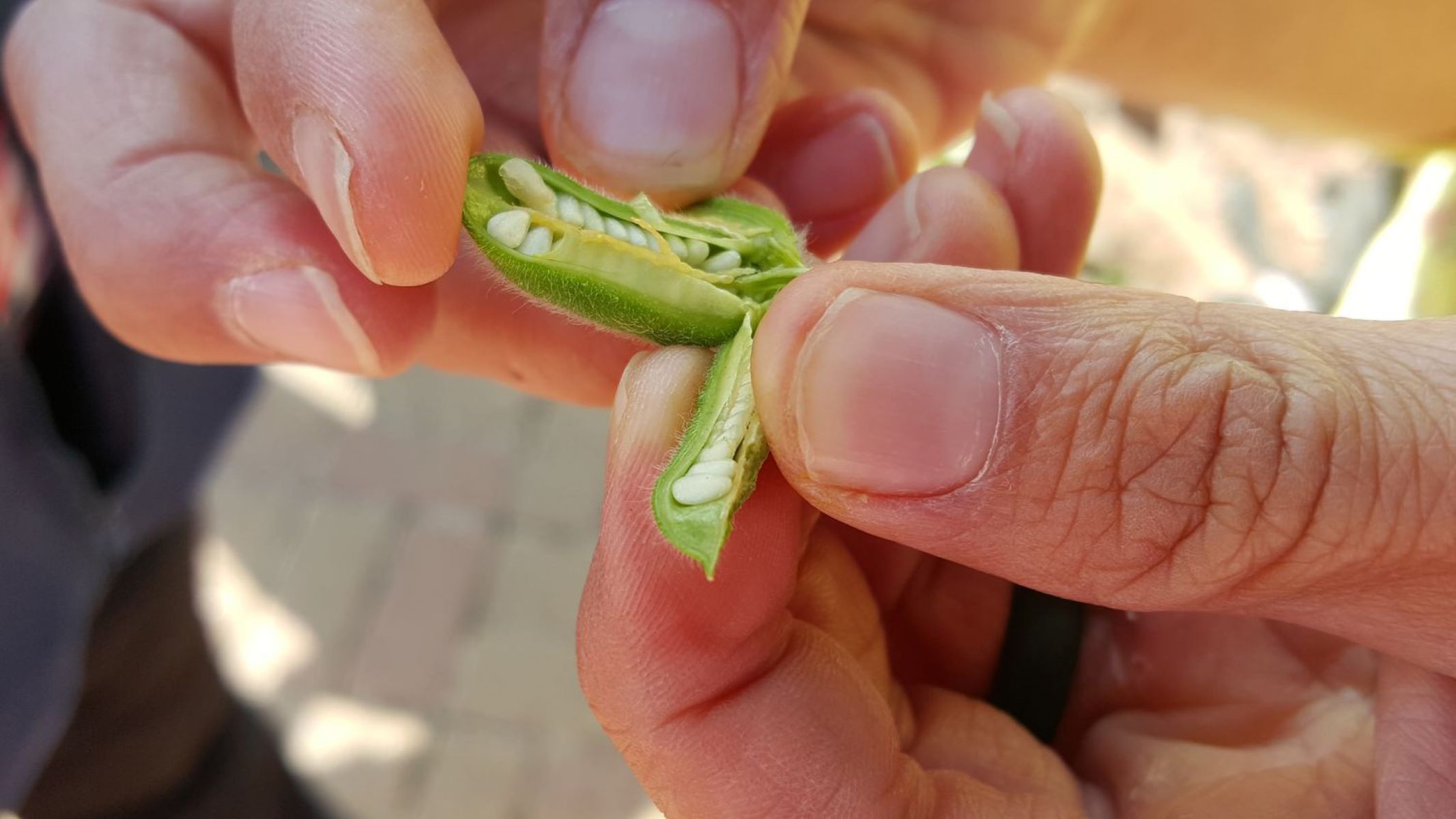
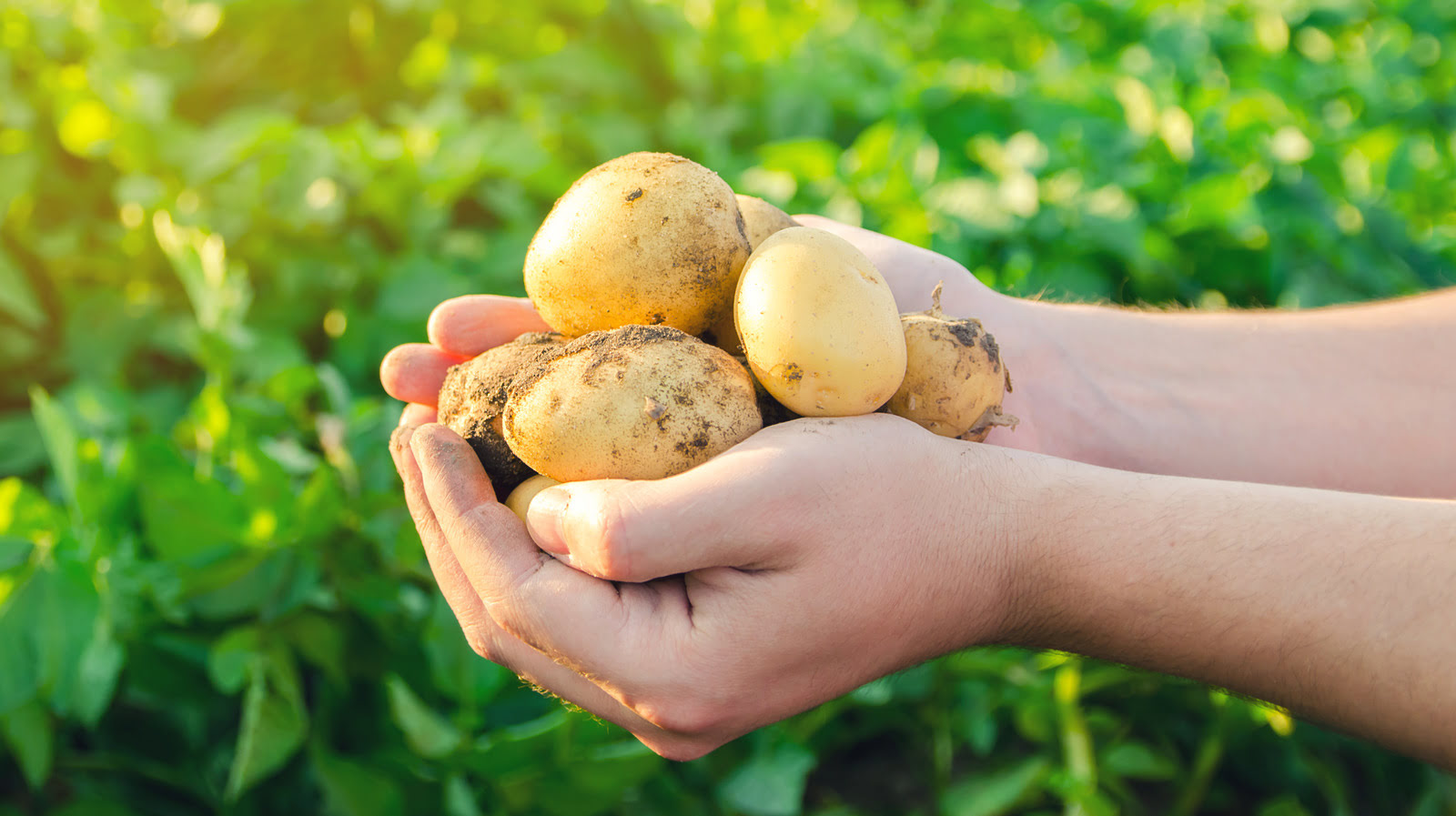

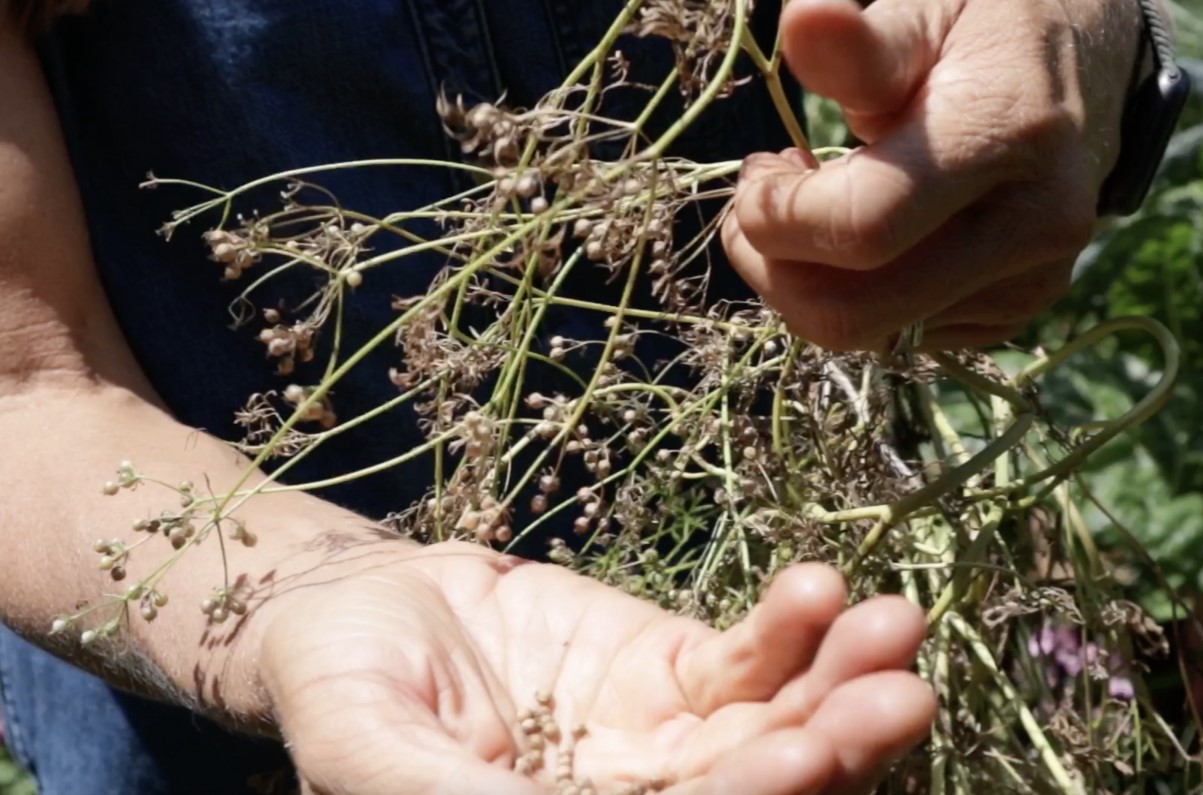
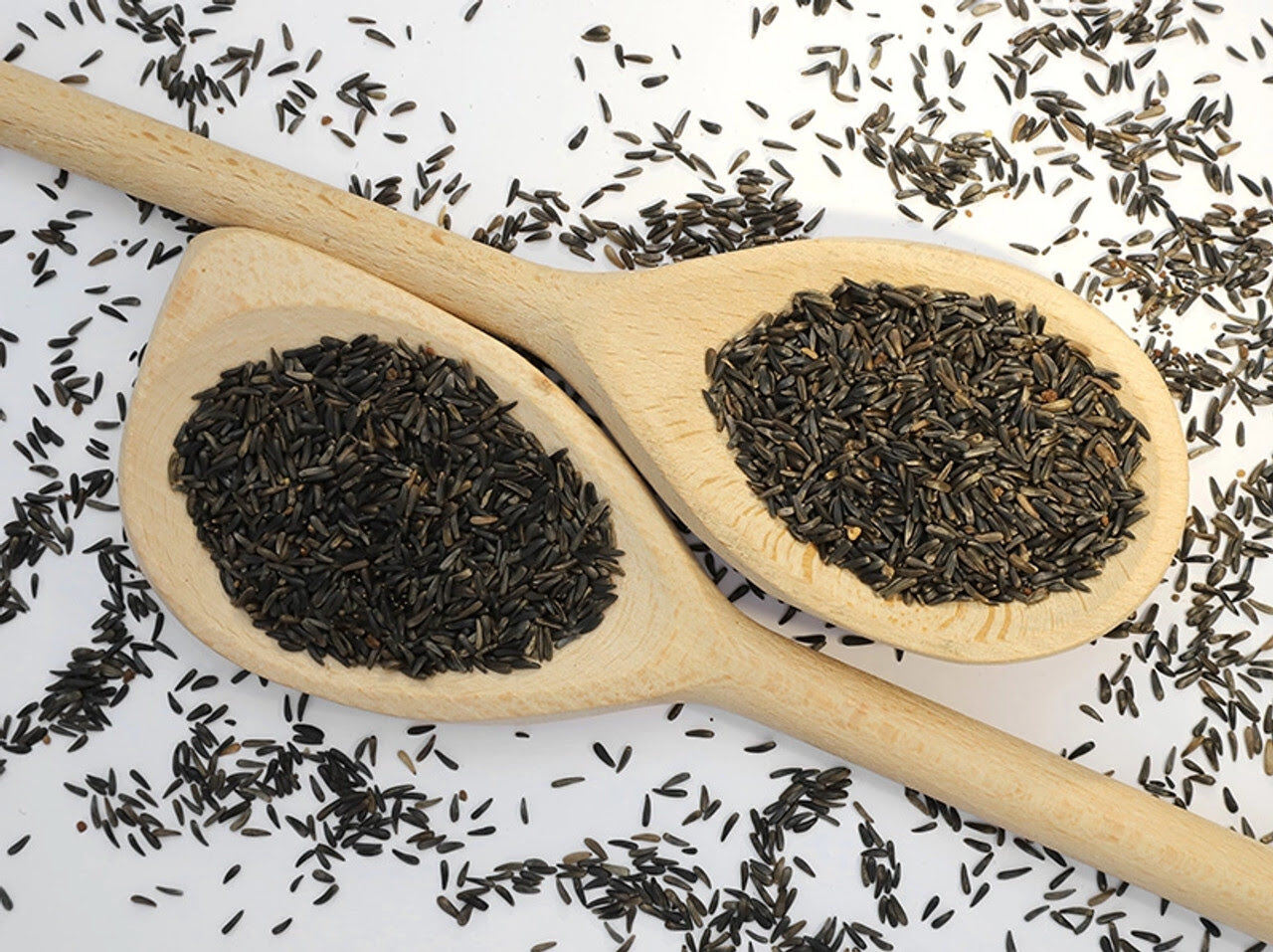
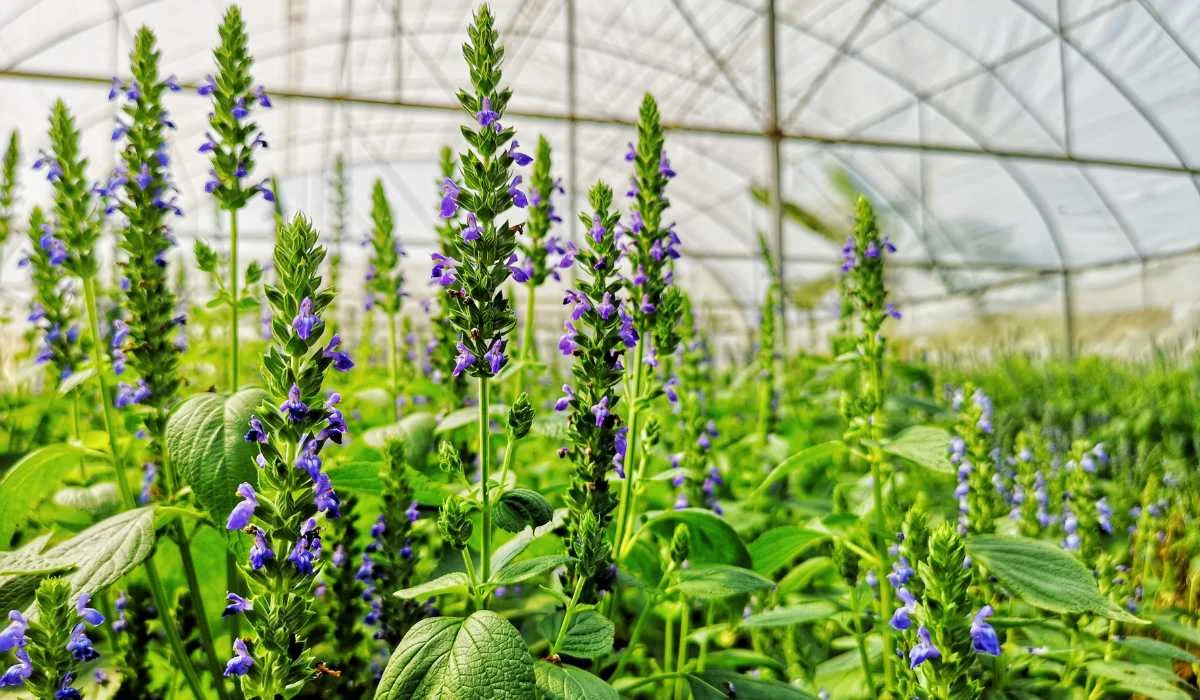

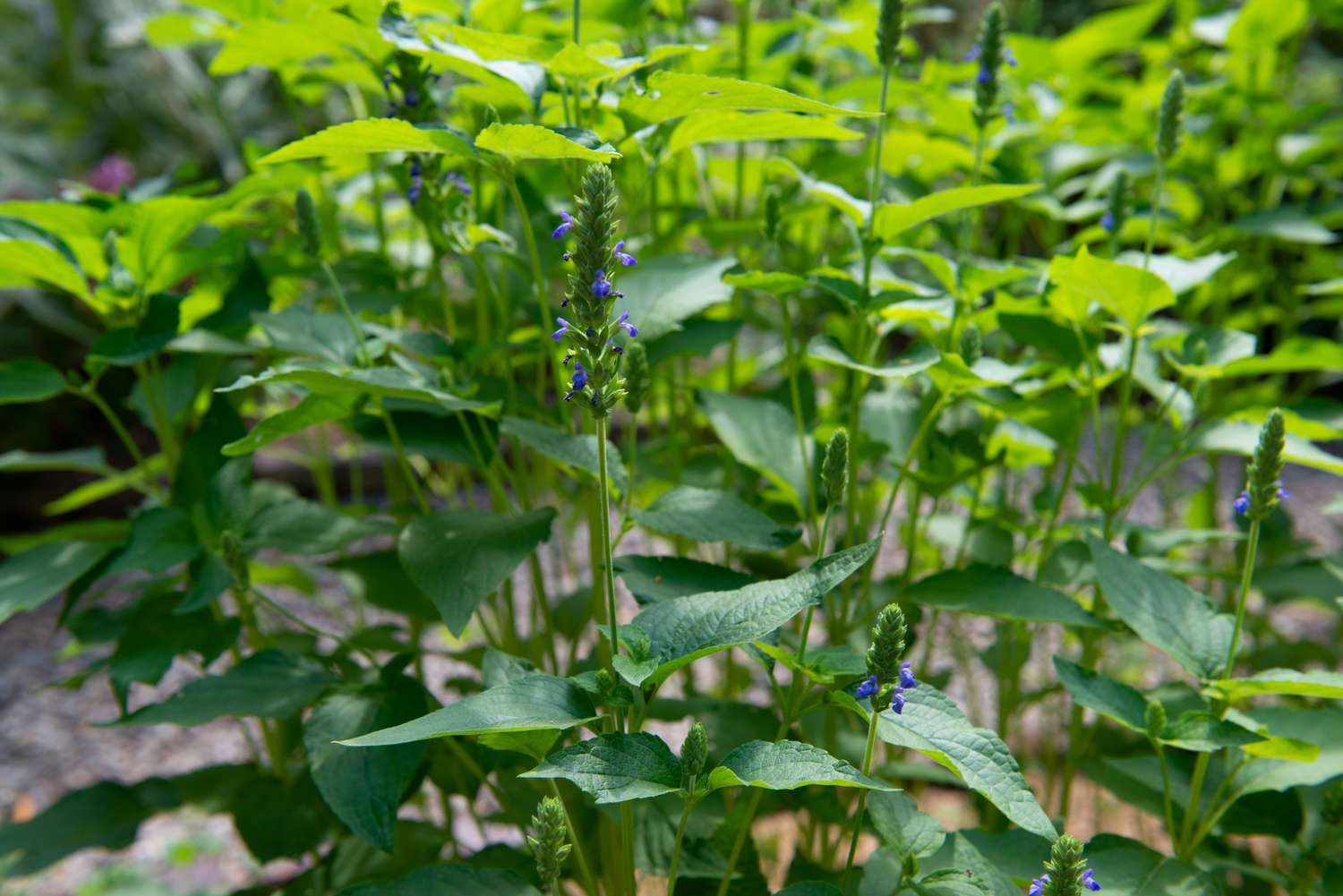
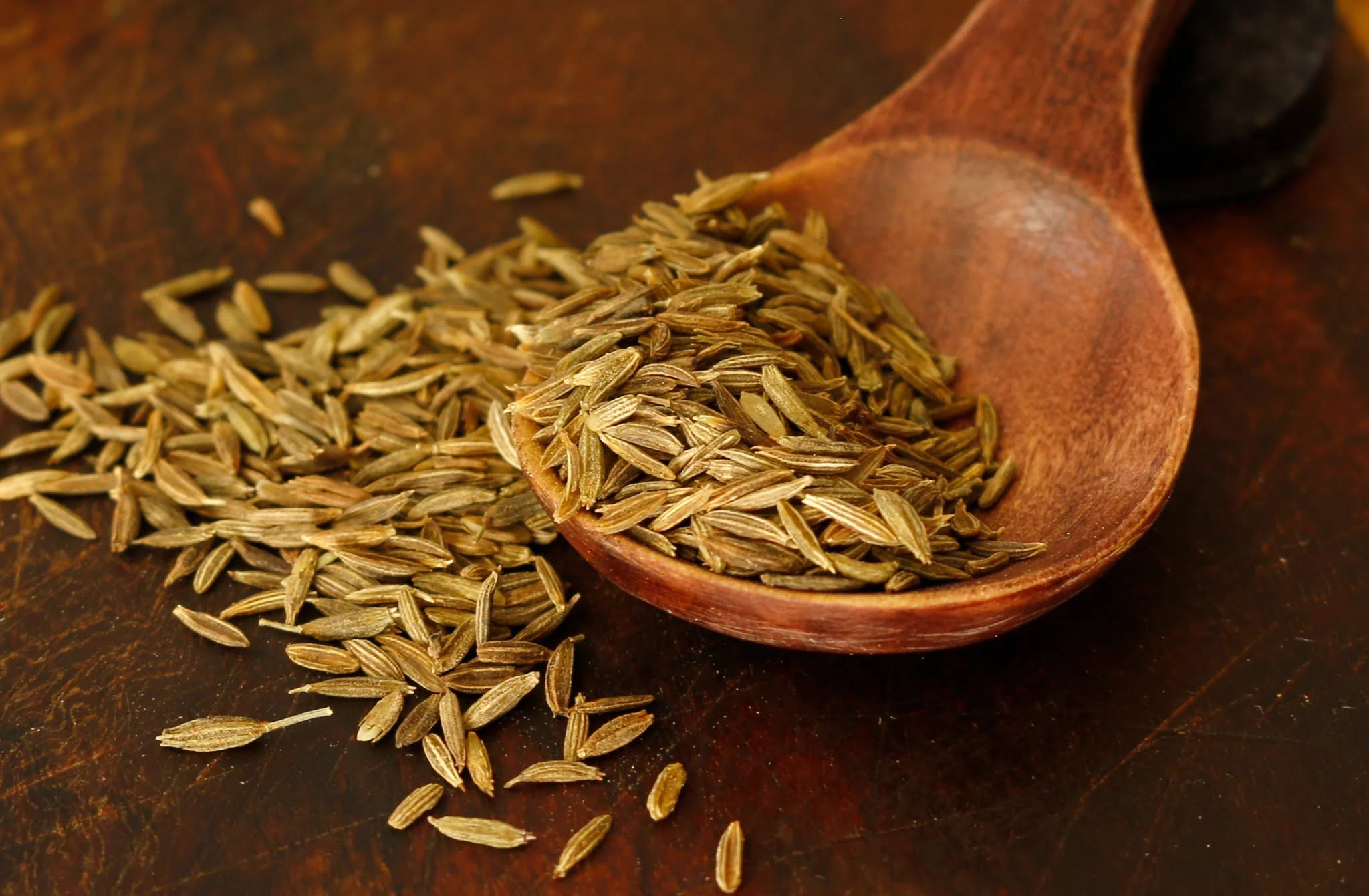
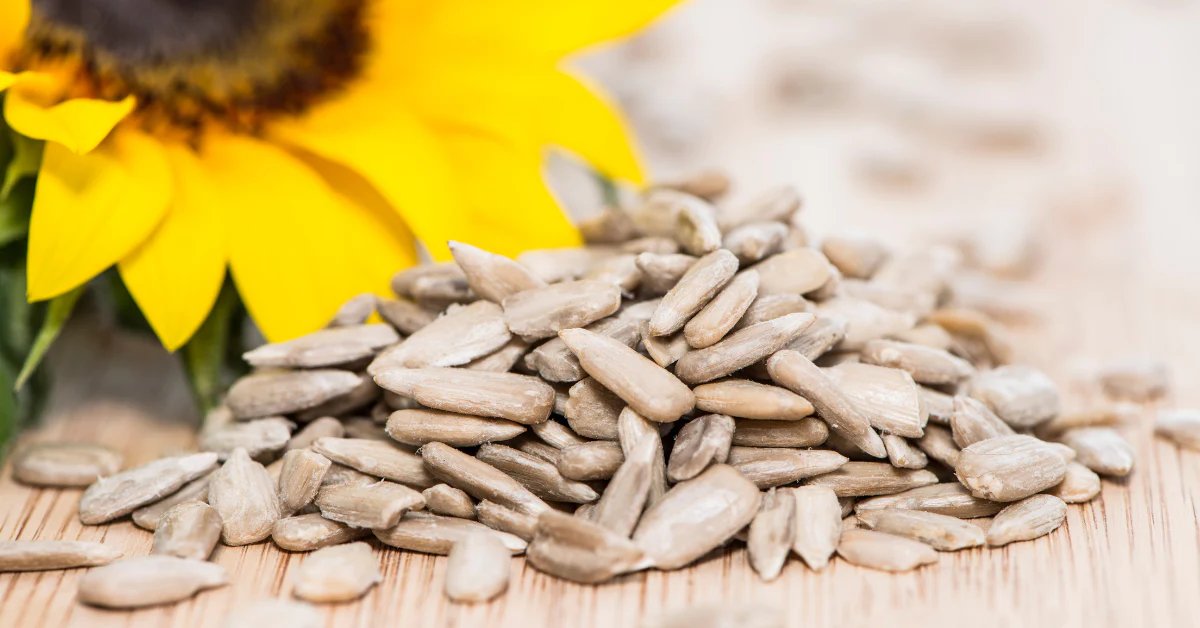

0 thoughts on “Where Do Most Sunflower Seeds Come From”